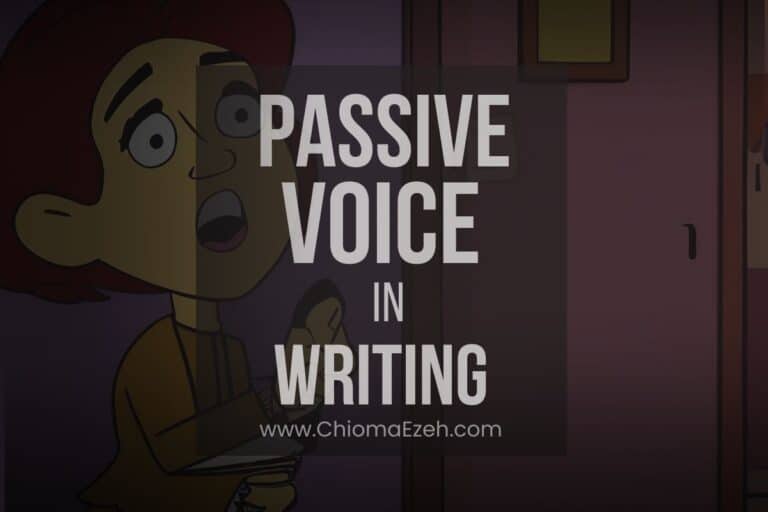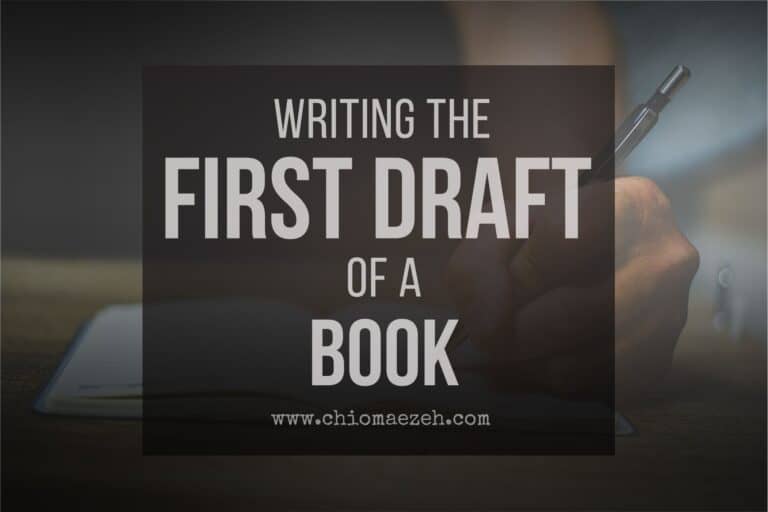Writing For Your Audience: Tips To Effectively Write for Your Target Audience
Writing for your audience can be a challenge, but it’s essential for creating content that resonates with your readers. After all, you want to make sure that the time and effort you put into crafting written content is rewarded by engaging readers and inspiring them to take action.
The key to writing effective content is understanding who your target audience is and what they need from you. Once you know this, then it’s just a matter of structuring your content in such a way that speaks directly to them.
In this article, we’ll look at how to write for different types of audiences, plus additional tips so that your message can resonate better with your audience.
👉 To learn more, see our comprehensive guide on Audience In Writing: A Simple Guide for Writers & Authors

Let’s Talk
Are you a writer aspiring to pen a masterpiece that never fails to captivate? Look no further. Reach out to us and uncover how we can help you to take your writing to unprecedented heights!

How to Write for Your Target Audience
To learn how to effectively write for your target audience, we’ll break this down into 4 parts based on the type of audience [please see our guide on the types of audiences explained]. So, we have:
- Lay Audience
- Professional Audience
- Expert Audience
- Mixed Audience
1. Writing for a Lay Audience:
To write for a lay audience, it’s important to think about how they might not be familiar with the topic. Therefore, keep your language simple and avoid using jargon or complex terms. Use concrete examples and analogies to help explain concepts and ideas in an easy-to-understand way. As well, make sure to include visuals such as diagrams, graphs, and illustrations whenever possible.
For example, if you’re writing about the stock market, add visuals of a graph depicting how prices have changed over time. You can also add summaries of key points so they can quickly understand what it is about.
👉 We have a detailed guide on 10 steps to effectively write for a lay audience with examples, so be sure to check it out.
2. Writing for a Professional Audience:
When writing for a professional audience, be more direct with your language and assume that readers are already familiar with the topic you’re discussing. This means focusing more on providing valuable insights into the subject matter instead of explaining every little detail. Use industry-specific language and try to include case studies or other resources that can help readers better understand the content.
For example, in an article about data analytics, a case study that demonstrates how the right metrics helped a company achieve greater success will be appropriate for a professional audience. Adding links to relevant sources and resources will resonate even better with this type of audience.
3. Writing for Expert Audience:
Use very specific language and focus more on exploring complex concepts without becoming too technical. Also, provide references to outside sources whenever possible so that readers can research further if they want to. Not to forget that you’ll probably need to include examples that illustrate your points.
4. Writing for a Mixed Audience:
For a mixed audience, try to strike a balance between being too simplistic and overly technical. Use language that speaks to both lay readers and experts alike. This means you should avoid using jargon, but at the same time don’t be afraid to explore complex topics in depth. You can begin with explaining the basics of a concept, and then slowly move into more advanced topics as needed.
How To Write for Your Target Audience [15 Tips]
#1. Identify your target audience.
Before you start writing, take some time to research and understand who your audience is. Ask yourself questions such as: Who are they? Where do they live? What demographic do they come from? What concerns do they have? When you know your target audience, you will create content that resonates with them and meets their needs.
#2. Research and understand the needs of your target audience.
Once you have identified your target audience, the next step is to understand what their needs are. Research their habits and interests, as well as any challenges they may be facing.
This research will enable you to choose topics that are relevant to their interests and problems. And will also provide insights into how you should write for them.
#3. Use the right language.
Once you know your target audience, you need to make sure that you are using the right language and words. Speak in a way that they relate to and understand so that they can get the most out of your content.
For example, if your target audience is English learners, then you should use simpler words and avoid complex terminology. You also need to make sure that the topics you choose will be interesting to your readers.
#4. Write in a clear and concise way.
Make sure your writing is clear and concise. This means avoiding long-winded sentences and using simple language to explain complex concepts. It also means keeping the length of your content manageable for the average reader.
Try to also keep your writing organized in a way that makes sense and flows naturally. This will make it easier for your readers to understand the point you are trying to make.
#5. Use the right tone.
The tone of your writing should be appropriate for your target audience. For example, if you are writing a book about parenting, it would be more effective to use a friendly and conversational tone than a formal one.
If it is a professional audience, however, the tone needs to be more formal and academic. You can still use a conversational tone, but make sure that the language is more formal than you would use for the former.
#6. Think like your audience.
To really craft an engaging piece, think like your target audience. Put yourself in their shoes and ask yourself how they would respond to the content.
Would they understand the points you are making? Are the topics relevant and interesting? Are there any areas that need more explanation or clarification? You’ll find that when you do these, you’ll create better content that resonates with them.
#7. Be helpful.
Most readers want a takeaway from anything they read. So, when you write for your audience, make sure that there is something useful in the content. This could be a tip or advice on solving their problems, an actionable step they can take to achieve their goals, or even just a new way of looking at an issue.
#8. Make your content informative.
Your content should not only be useful, but also informative. Make sure you provide enough detail on the topics you are writing about so that the reader can understand and apply the information they learn. This can be done by providing examples and visuals to illustrate your points.
You should also ask for feedback after writing the first draft. Make sure that readers have the opportunity to ask questions if they don’t understand something. This will help ensure that your writing is being understood by the people who are reading it.
#9. Fact-check for accuracy.
Accuracy is key when writing for your target audience. Make sure you are citing sources correctly and double-checking any information that you provide. This will build trust with the readers and help them feel confident in your work. It may take just one mistake to get your readers to lose trust in your writing.
When you follow these tips, your content will resonate better with your target audience. And this will make them come back for more, and fulfill your writing purpose.
Final Notes on Writing for Your Audience
Writing for a target audience is an important skill to master. You should know who your readers are, what their needs are, and how to write in a way that will engage them. Make sure you use clear and concise language and the right tone, think like your audience, be helpful, provide informative content, make sure they understand, and fact-check for accuracy.
Following these tips will help you create content that resonates with your target audience and encourages them to come back for more.
Related Reading:
- How to Write for a Lay Audience: 10 Steps To Craft An Engaging Piece
- Audience In Writing: A Simple Guide for Writers & Authors
- How To Identify Your Audience In Writing: 12 Simple Steps
- Types of Audiences In Writing [Explained]
- Prewriting Checklist: How To Use Prewriting to Jumpstart & Improve Your writing process
- What is Prewriting in Writing Process? [Explained]






